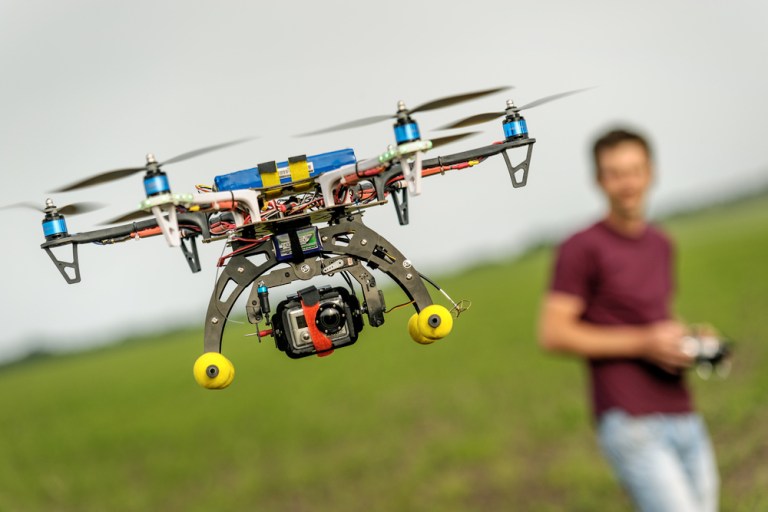
Commercial drones (as opposed to their weaponized military-grade cousins) went from being something of a punchline a few years ago to a fully anticipated part of day-to-day life as 2016 gets underway.
And as two of the more primary moving forces behind the drone-enhanced, coming soon to a reality populated by us — Amazon and Google have some ideas about how it should all be run such that the skies above our heads remain orderly even as they become increasingly crowded.
Their visions – as explained at CES last week – are slightly different.
Google would like what is best described as an automated version of the air traffic control system that governs the skies today. This plan would require commercial drones to file a flight plan with a centralized system that either clears the flight plan – or suggest modifications, depending on other plans filed. Google’s plan would allow for some in-air modifications as necessary, and also requires the drones to be able to perform without a communications link.
Amazon’s proposal is less focused on centralization. While it has no objection to registered flight plans – reports on its plans note that the sky will be full of real time moving obstacles like bird, balloons and private drones — meaning the unmanned craft must be able to determine their path in response to real world conditions. This means drones must be able to communicate with each other more than they need to be able to communicate with a centralized processing center.
What the two firms seems to agree on is that they want as little regulations as possible in the early development phases of commercial drone use on the argument that premature regulation could straightjacket the industry before a clearly correct path for development has been established.
Also seemingly agreed upon territory — based on the work done by both firms in collaboration with NASA and the FAA — would see drone airspace and a system for managing commercial drone traffic.
The process is in its early phases – and will not be completed until 2019 – though both firms would clearly like to be in the air before then.